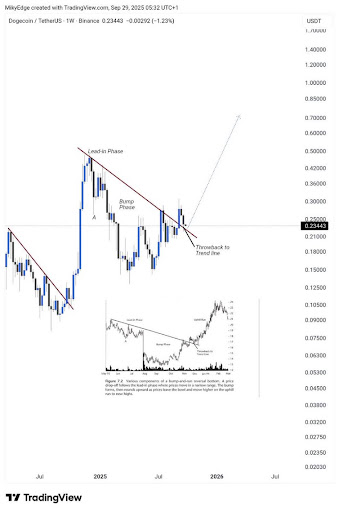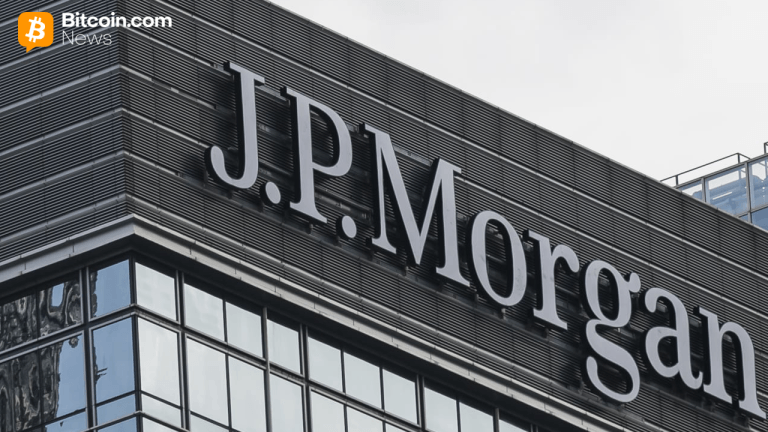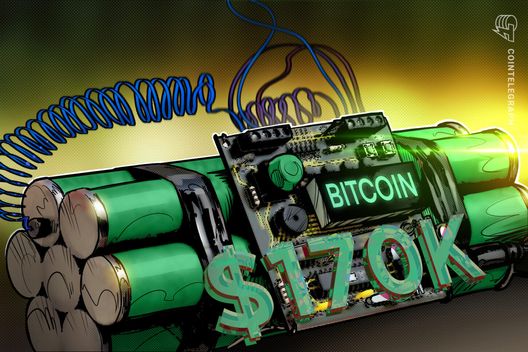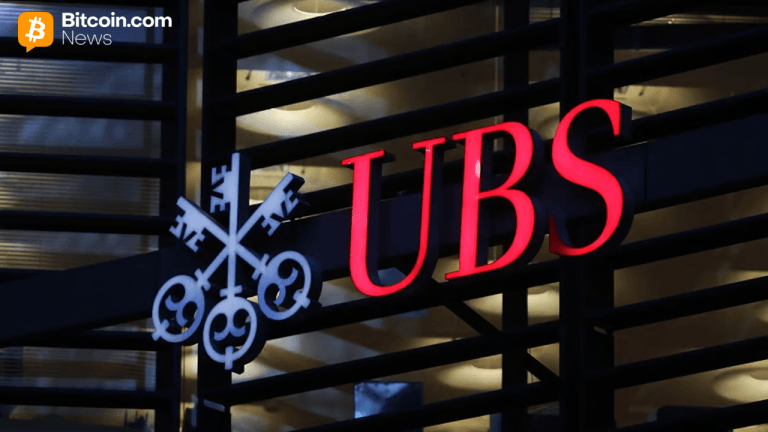Analyst Forecasts Dogecoin Price To See Face-Melting Rally: The Bullish Pattern That Suggests New Highs
The Dogecoin price may be preparing for what an analyst calls a “face-melting rally,” as fresh bullish technical patterns indicate a potential breakout. A crypto analyst notes that DOGE is entering a critical stage, similar to historical setups that have preceded significant upward moves. If the pattern plays out as expected, it would bolster the market expert’s confidence in the meme coin’s outlook. Rare Setup To Ignite Dogecoin Price Rally Market analyst Mikybull Crypto has drawn attention to a key chart formation that traders rarely encounter, the Bump & Run Reversal Bottom (BARR). According to his technical analysis shared on X social media, Dogecoin has recently completed its “Lead-in” and “Bump” phases, and now sits at the critical “Throwback to Trendline” stage, which typically precedes a steep uphill bull run. Related Reading: Dogecoin Price Could Break Into Double-Digit Rally From This Fibonacci Level The analyst noted that Thomas Bulkowski famously documented this textbook chart formation in his Encyclopedia of Chart Patterns (2005), with the pattern carrying a historical success rate between 64% and 68%. On the weekly chart, DOGE appears to have retested its former downtrend line, now flipped into support, after months of consolidation. If the structure plays out as outlined, Mikybull Crypto predicts that the next leg higher could see Dogecoin experiencing a “face-melting rally,” with its price potentially extending toward the $0.70 – $0.85 range. While the crypto expert’s forecast is ambitious, considering Dogecoin is currently trading at $0.23, it is still consistent with the way this rare pattern has historically unfolded after the “bump” phase, when momentum typically shifts toward buyers. According to Mikybull Crypto, traders should take note, as rallies emerging from this structure often accelerate quickly, leaving late entrants at a disadvantage. Golden Cross And Breakout Potential Point Toward Altseason In other news, crypto market expert Cas Abbe highlights short-term signals on Dogecoin’s daily chart, noting an impending Golden Cross formation. On his chart, the DOGE price action has been moving within an ascending channel and is now approaching the upper resistance band around $0.33. A breakout above this level could act as a major trigger for the broader altcoin market. Related Reading: Dogecoin Price Skirts Potential Demand Zone, What Happens If It Hits Right? Cas Abbe emphasizes that when Dogecoin begins to surge, it often marks the start of the altcoin season, during which capital flows away from Bitcoin into alternative cryptocurrencies, sparking widespread rallies across the sector. Due to this, the analyst notes that the $0.33 resistance remains a critical threshold. A decisive push above it could unleash rapid upward movement in DOGE toward the $0.37 area on the chart. Priced at $0.23 at the time of reporting, Dogecoin is sitting near key Moving Averages (MA), with momentum possibly building. The cryptocurrency has been experiencing its own fair share of price declines following the recent market downturn. CoinMarketCap’s data shows that DOGE has declined by over 4.3% in the last week, and risen by only 5.6% over the past months. Featured image from Getty Images, chart from Tradingview.com






